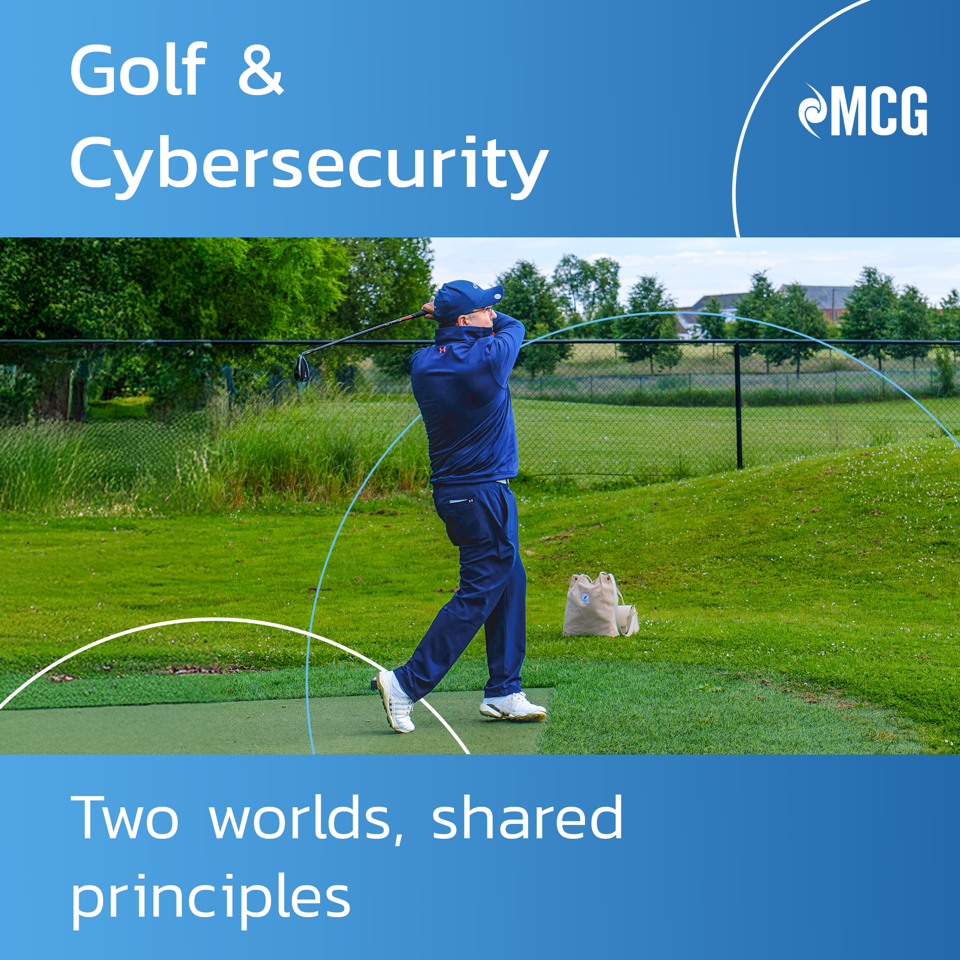
At first sight, everything would seem to oppose them. However, a methodical analysis reveals a number of similarities between these two disciplines, where precision, strategy and rigor are crucial to performance.
A successful golfer needs to master his stance, swing and grip. Without these solid foundations, it's impossible to play regularly and therefore to perform.
In cybersecurity, there are no miracles either. Technical and technological fundamentals are essential to understanding the risks involved and how to protect oneself. Let's take an example: network segmentation (on-premise or cloud) is a prerequisite for building a secure architecture. And yet, it is still all too often neglected.
A golf bag can only hold 14 clubs, but why such diversity? The answer is simple: each club is adapted to a particular distance or situation. The sand wedge for getting out of a bunker, the putter for those last shots on the green... Golfers are well aware that there is no miracle club for every situation.
In cybersecurity, there is no magic bullet either: each solution must be tailored to a specific need. All too often, suppliers promise total protection with a single tool. This is a strategic error: using a tool outside its optimal role can be counter-productive, like choosing the wrong club at the start of a hole.
The average golfer, with a handicap of between 28 and 36, is generally a player who knows how to hit every shot but has no strategy when faced with a course. Wrong club choice, incorrect distance estimation, lack of a clear plan - he doesn't analyze all the possibilities open to him.
In cybersecurity, accumulating tools without an overview, without coordination or clear objectives, can leave gaping holes for hackers. Strategy has to come from the board of directors and executive committees, but it also has to be put into practice in the field.
For example, an organization focused on confidentiality finds itself investing heavily in availability, simply because a poorly advised supplier steered it towards a high-availability architecture. The result: a misallocated budget and protection misaligned with real priorities.
A professional golfer is well surrounded: caddy, sports coach, physical trainer, physiotherapist, mental coach... Performance is collective.
In cybersecurity, it is a big mistake to think that everything rests with the CISO or the IT department. In reality, the whole organization is involved:
Take cybersecurity awareness campaigns, for example: they require coordination between HR, IT, CISO and management. As in golf, in cybersecurity everyone has to row in the same direction and at the same speed.
A golfer can shine one day and sink the next. What makes the difference? The great champions are capable of continually questioning themselves, revalidating their fundamentals, refining their strokes...
In cybersecurity, it is the same thing. Nothing can be taken for granted. ISO27001, NIST and other standards all advocate continuous improvement and are based on the PDCA principle: Plan - Do - Check - Act.
Even after a major investment or the end of a project, you have to keep testing and adjusting your methods. Hackers evolve. So do tools. Vulnerabilities change.
Believing that you have won the battle and resting on your laurels because you have put the tools in place is like believing that a good golf score guarantees the next round...
At MCG, these principles are rooted in the company's DNA: mastery of fundamentals, proper use of tools, a clear strategy, extensive collaboration and a continuous improvement approach. As on a golf course, performance cannot be improvised: it must be based on rigor, method and experience.
In this spirit, MCG will be sponsoring two golf events in June 2025:
Two opportunities to extend the reflections begun here, and to demonstrate that performance and strategy can be expressed just as well on the green as in cybersecurity.

